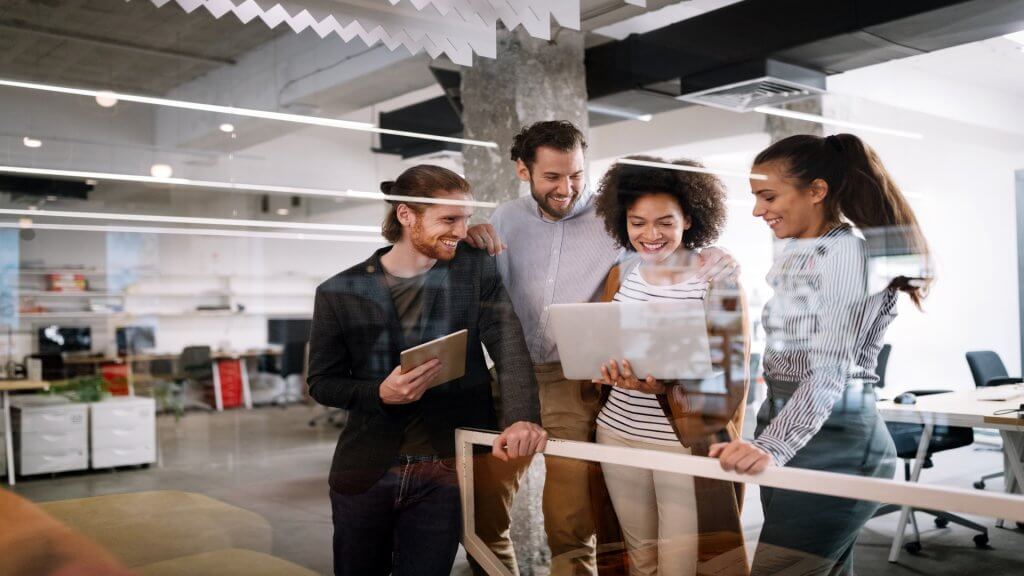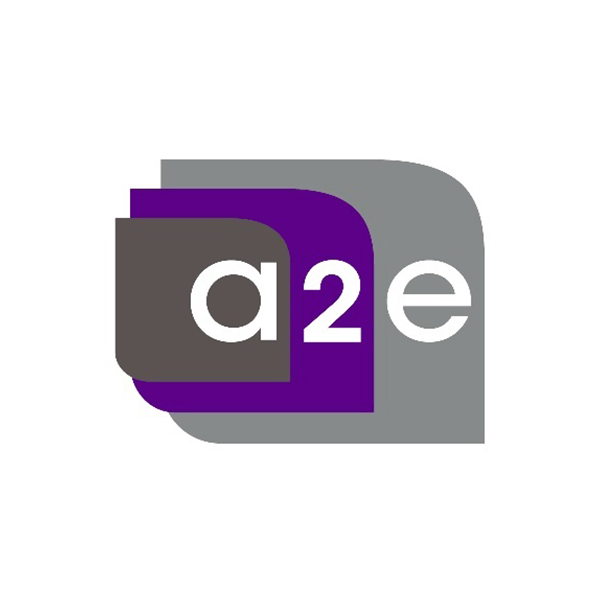Certain careers pose significant health risks due to inherent job-related hazards. Safety risks such as repeated stress injuries and dangerous chemicals are frequently encountered by workers in these industries. This exposure has the potential to cause major health problems down the road, such as cancer of many kinds.
CCOHS states that research indicates that different types of cancer are linked to various occupational exposures. For instance, lung cancer and mesothelioma are among the most common cancers associated with certain jobs. The Occupational Cancer Research Centre frequently releases detailed reports that shed light on the impact of these cancers related to workplace environments.
Despite advancements in workplace safety, some industries still present higher risks. The nature of these jobs means that workers face ongoing health challenges. Addressing these risks is crucial to protecting workers’ long-term well-being.
The Petrochemical Industry
NIH highlights that workers in the petrochemical industry face significant health risks due to prolonged exposure to toxic chemicals and fumes. Handling dangerous materials such as formaldehyde, benzene, and polycyclic aromatic hydrocarbons (PAHs) is a part of the refining process of petroleum. These substances are well-known carcinogens that can cause leukemia among other cancers.
The physical demands of the job and the presence of other hazardous materials contribute to an increased risk of respiratory diseases and skin conditions. Strict safety protocols and protective gear are essential to minimize these risks, but the industry’s inherent dangers make it a high-risk occupation for cancer.
In the petrochemical industry, aqueous film-forming foam (AFFF) is used for fire suppression but it also poses health risks. Per- and polyfluoroalkyl chemicals (PFAS), found in AFFF, have been connected to many health issues, including cancer.
Lawsuits Against AFFF
Workers in the petrochemical industry who develop cancer or other serious health issues due to exposure to hazardous substances can take legal action. They may sue either their employers or the manufacturers of the chemicals involved.
According to TruLaw, these lawsuits often focus on claims of negligence or inadequate safety measures. Proving a direct link between workplace exposure and health problems can be challenging. However, successful lawsuits can result in significant settlements.
A May 2024 update from AboutLawsuits notes that a new process for AFFF exposure lawsuits. Plaintiffs can now dismiss their claims without prejudice and refile within four years under a tolling agreement.
More than 8,000 lawsuits target manufacturers like 3M and Tyco Fire Products for failing to disclose health risks and environmental contamination. The AFFF foam lawsuit is centralized before U.S. District Judge Richard M. Gergel in South Carolina for coordinated discovery and early bellwether trials.
How does AFFF affect the body?
AFFF can harm the body through its chemicals, notably PFAS, which may lead to cancer, liver damage, and hormonal disruption. Prolonged exposure can increase risks of immune system issues and thyroid problems. Proper safety measures and reducing exposure are essential to minimize health impacts.
Chemical Exposure in Textile Industry
Workers in the textile industry face health risks due to exposure to hazardous chemicals and physical strain. The use of dyes, solvents, and other chemicals in textile manufacturing can lead to respiratory problems, skin conditions, and cancers.
Additionally, the repetitive nature of tasks like weaving and sewing can result in musculoskeletal disorders and chronic injuries. Ensuring proper ventilation, implementing safe handling procedures for chemicals, and providing ergonomic workstations are critical measures for reducing health risks.
What chemicals are used in textiles?
Textiles often use chemicals like dyes, finishes, and treatments to enhance color, texture, and durability. Common chemicals include azo dyes, formaldehyde-based resins, and flame retardants. These substances can pose health risks if not managed properly, affecting both workers and consumers.
Toxic Substances in Mining
Mining is an industry with a high risk of cancer and other occupational diseases due to exposure to dust and toxic substances. The University of Illinois states that coal miners have a much higher risk of dying from lung cancer compared to the general U.S. population.
This risk has increased over time, with modern miners facing more dangers than their predecessors. Miners in Central Appalachian states like Kentucky, Virginia, and West Virginia face the highest risks.
Additionally, exposure to harmful chemicals used in the extraction and processing of minerals, such as arsenic and asbestos, increases the risk of various cancers. Implementing effective dust control measures, using appropriate respiratory protection, and monitoring exposure levels are essential for mitigating these health risks.
Is mining bad for the lungs?
Yes, mining can be harmful to the lungs. Workers are often exposed to dust and hazardous substances that can lead to conditions like coal workers’ pneumoconiosis (black lung), COPD, and lung cancer. Prolonged exposure to mining dust significantly increases the risk of severe respiratory issues.
Certain industries, such as petrochemicals, textiles, and mining, expose workers to a significant risk of cancer and occupational diseases. Prolonged exposure to hazardous chemicals, physical strain, and toxic substances can have severe health consequences.
While safety regulations and advancements have mitigated some risks, these industries remain high-risk environments. Understanding these hazards is crucial for workers, employers, and policymakers to implement effective preventive measures and support those affected by occupational illnesses.






















